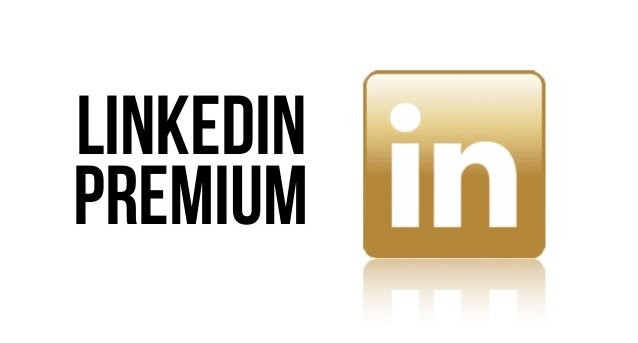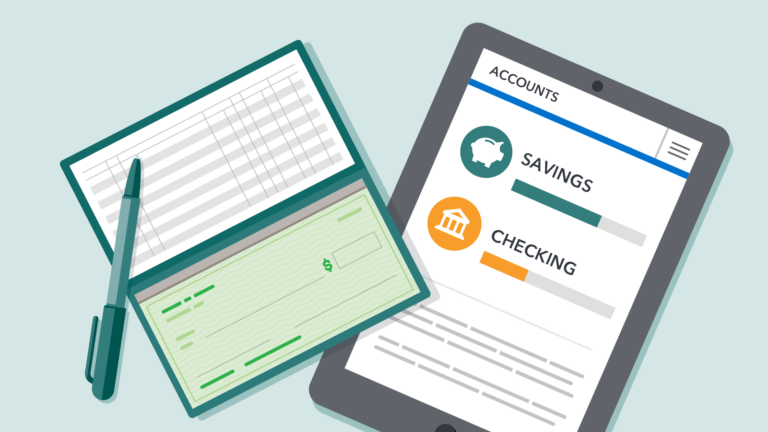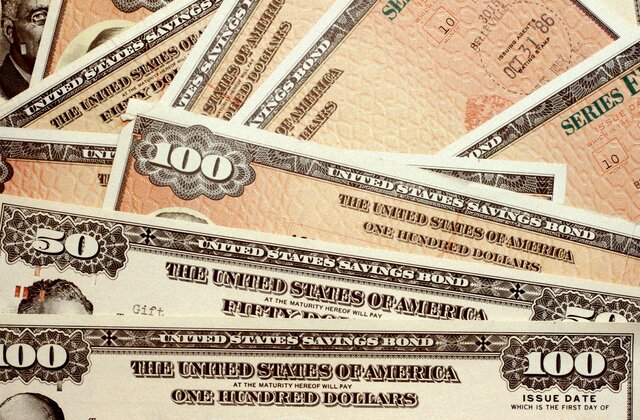What are High-Yield Accounts?
You may already know that saving money in a savings account entitles you to interest. However, with a national average annual percentage yield (APY) for basic savings accounts of just 0.06 percent, you may be asking if such a meager return is worthwhile.
Savings account interest rates have decreased to almost half of what they were a year ago due to the economic effects of the coronavirus pandemic. But you can still make nearly ten times more than the average American household with a high-yield savings account.
A typical high-yield savings account can give up to 0.50 % APY, which is more than eight times the return of conventional savings accounts. A high-yield savings account is the most excellent place to put cash if you need to build an emergency fund or work toward reaching a particular financial milestone.
But before you start transferring your cash into a high-yield savings account, there are a few things you should know. Read on to learn what is a high-yield savings account and how you can make the most out of one.
What is a High-Yield Account?
A high-yield savings account is a type of savings account that offers a higher annual percentage yield (APY) than a traditional savings account. The APY is the interest you earn on your deposited money over the course of one year.
According to the Federal Deposit Insurance Corporation, the average APY for a high-yield savings account is 0.50%. The average APY for a traditional savings account is 0.06%. That’s more than eight times the return!
For example, if you deposit $20,000 into a high-yield savings account with an APY of 0.50%, you would earn $100 in interest after one year. If you deposited the same $20,000 into a savings account with an APY of 0.06%, you would only earn $12 in interest over a year.
While 0.50% may not seem like much, it is essential to remember that savings account interest is compounded daily. This means that the interest you earn today is added to your account balance and will begin earning interest tomorrow. Over time, this can have a significant impact on the growth of your savings.
High-yield savings accounts function similarly to conventional savings accounts aside from the higher interest rate. You deposit into the account, and the bank pays you interest. You can withdraw money whenever you need to, but if you withdraw more than a certain amount each month, your bank might charge you a fee.
Most high-yield savings accounts have no minimum balance requirement or monthly maintenance fees. However, some banks may require a higher initial deposit to open an account. Additionally, some banks may charge a fee if you do not maintain a minimum balance. Before opening an account, check with your bank to see their requirements and fees.
How Can I Make the Most Out of a High-Yield Savings Account?
You can use a high-yield savings account to achieve several goals. For instance, you could open an account to save for a large purchase, like a down payment on a house or a new car. You can also save for a vacation, wedding, or build an emergency fund.
No matter your goal, you can do a few things to make the most out of your high-yield savings account and reach your goal.
- Start with what you have: If you don’t have much money, don’t worry. You can still open a high-yield savings account with a smaller deposit.
- Save regularly: Make saving a habit by setting up a regular transfer from your checking account to your savings account. You can automate this process so that you don’t even have to think about it.
- Take advantage of compound interest: As we mentioned, compound interest is key to making the most out of a high-yield savings account. The sooner you save, the more time your money will have to grow.
- Avoid withdrawing money: If you need to withdraw money from your account, that’s okay. Just try to avoid making it a habit. Every time you withdraw, you lose out on the interest that your money could have earned.
Note: High-yield savings accounts aren’t a good fit for retirement savings. You’ll probably be better off with a taxable investment account or tax-advantaged retirement account because they provide more room for growth. However, for several reasons, high-yield savings accounts can be a useful component of your financial strategy.
Benefits of High-Yield Savings Accounts
Everybody has to have some cash saved up for unforeseen events and short-term goals, and a high-yield savings account is a great place to do it. Here are some of the benefits of saving in a high-yield savings account:
- Better APY: The most significant benefit of a high-yield savings account is the higher interest rate. These accounts provide rates far higher than those of traditional brick-and-mortar banks. Additionally, when borrowing rates are low, every interest dime matters.
- They’re safe: Your money is FDIC insured up to $250,000 per account holder. This means that your money is backed by the full faith and credit of the United States government.
- They’re liquid: You can withdraw your money without penalty. This makes high-yield accounts a great place to keep your emergency fund. They offer peace of mind
- Suitable for short-term saving goals: If you have a specific goal in mind, like saving for a down payment on a house, a high-yield savings account can help you reach it.
- To park your windfall: If you come into a large sum of money, whether from an inheritance or a work bonus, it can be helpful to deposit it into a high-yield savings account. This way, you can earn interest in the money while deciding what to do with it.
You might avoid paying fees by using a high-yield savings account. Online banks often provide these accounts and frequently don’t charge monthly maintenance costs. This is because online banks frequently have cheaper overhead expenses than their traditional bank competitors. As a result, high-yield accounts can provide their clients with lower costs and better rates.
What Should You Look for in a High-Yield Savings Account?
When you’re looking for a high-yield savings account, you should keep a few things in mind.
- APY: This is the most important thing to look for in a high-yield savings account. The higher the APY, the more interest you’ll earn on your deposited funds. Nowadays, a competitive high-yield savings account offers at least 0.5 percent.
- Minimum balance requirements: Some high-yield savings accounts come with minimum balance requirements. You’ll need to keep a certain amount of money in your account to earn the advertised APY.
- FDIC insurance: You should only deposit your money into an FDIC-insured account. This will ensure that your money is safe in case of a bank failure.
- Fees: In some banks, savings accounts are subject to monthly fees. Usually, if you adhere to specific conditions, such as keeping a minimum balance or making a particular deposit each month, you can avoid these costs. Find a high-yield savings account that doesn’t charge monthly fees if possible. If you must choose a fee-based account, ensure you can conveniently meet the monthly fee waiver requirements.
- Compounding interest: Earning interest on interest is possible thanks to compounding. When choosing an account, consider how frequently the interest compounds, whether daily, weekly, or monthly. Your money might expand over time in proportion to how often interest compounds.
Is it Possible to Lose Money in a High-Yield Account?
The Federal Deposit Insurance Corp insures high-yield savings accounts. So, if the bank fails, you will get up to $250,000 in protection per account holder. If your bank cannot repay the funds you’ve deposited in the high-yield savings account, the FDIC will cover your loss.
You will not lose money due to market conditions because high-yield savings account rates are not variable. But as time passes and inflation sets in, your money could lose its purchasing power.
This happens when the prices of goods and services in the economy increase, but your savings account interest rates have not increased at the same rate. When this occurs, your money doesn’t go as far as it used to because it can’t purchase the same amount of goods and services.
How to Open a High-Yield Savings Account
The process of opening a high-yield savings account is similar to that of opening a regular savings account. You can open an account at a traditional or online bank.
The account opening process generally requires that you provide personal information such as your name, address, Social Security number, email address, and date of birth. Once you’ve gathered the required documents, you can open an account online or in person.
Remember that you may need to make an initial deposit to open the account. You’ll need to link your existing bank account using your routing and account number to fund your new high-yield savings account.
Final Thoughts
While a high-yield savings account is a great way to save money, you must understand the potential risks and rewards before opening one. Utilizing a savings calculator to determine the amount of interest you could earn annually will help you decide if a high-interest savings account is right for you.






